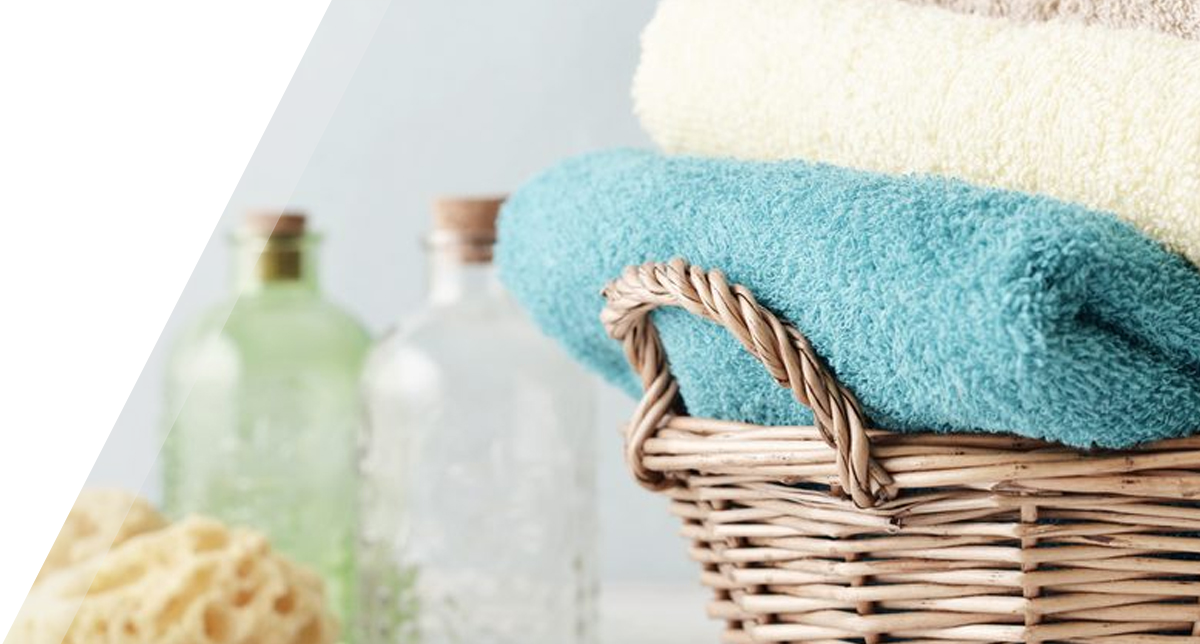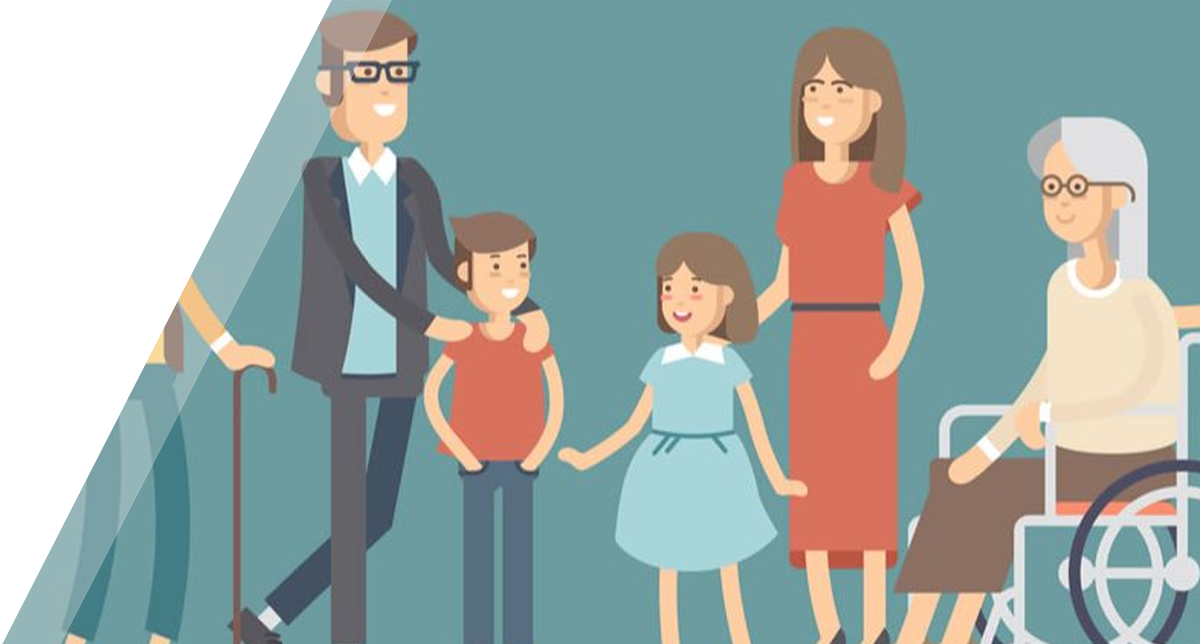
When it comes to seniors and safety, never assume. Without adequate safety measures, a typical morning shower can mean the end of independent living for someone who suffers a bathtub fall injury.
It had been months since I’d visited my mother at her home. An active, 73-year-old widow, she lives alone since her husband’s death a year ago. I had assumed that, because of his rapid decline in health and strength from cancer, grab bars, a bath seat, and other bathtub safety measures were in place. But through her shower doors, I saw the same blue tiled walls she’d always had, still absent of grab bars or rails of any kind with butterfly decals on the tub floor.
Outside the tub, her small, fluffy bathmat slid easily on the tiled floor. She had no idea she was living on the edge. Luckily, we were not too late to change things.
Prevent bathroom falls before they happen! #BathSafety #FallPrevention #ForTheRoadAheadCLICK TO TWEETThe majority of home accidents happen in the bathroom, primarily through slips and falls getting into or out of the bathtub. According to the Centers for Disease Control, more than a third of home fall injuries occur while bathing or showering, and tub and shower injuries account for over two-thirds of emergency room visits.
The statistics and risks are far greater for adults over age 65, whose strength, health or sight is often compromised. However, many seniors and caregivers do not realize the importance of accident-proofing their tubs until after an accident has happened. These types of accidents can be life-threatening, and frequently cause injuries that disrupt independence and quality of life.
It turned out that my mother did have a bath chair stored away from when my stepfather had become too weak to stand in the shower. Used with their hand-held showerhead, it had enabled him to continue showering with maximum ease, independence and enjoyment during his illness. His chair was made of water-resistant plastic with a padded seat, back and armrests, and had wide, slip-proof legs that were height-adjustable to user specifications. It even had a compartment for toiletries and a slot to rest the showerhead.
A typical shower chair or bench should be water- and slip-resistant and have wide, sturdy legs with no-slip grips on the ends. Ideally, the legs should be adjustable to the user’s height. Bath seats and benches are available in many styles and designs from teak to plastic, and with or without padded seats, backs and armrests for added support. They provide weight support up to 250 pounds.
When strength, balance or mobility are more severely impaired, a bath transfer bench, seat or chair can help. This device straddles the exterior side of the tub. The user sits down on the outside part of the bench, then swings their legs or slides into the tub end of the seat, making entering and exiting much easier.
No more slip-sliding away
Not only does the inside of a tub become wet and slippery, moisture and steam create limited visibility and increased risk of falling even outside the tub. My mother’s tub decals and moveable decorative bathmat were not enough to eliminate this risk. For seniors like her with osteoporosis or decreased bone density, a fall onto one of the many hard surfaces in a bathroom can easily lead to fatal or debilitating fractures and head injuries.
A non-skid, extra-long bath mat should be placed both inside and outside the bathtub to minimize the risk of slipping and falling. Drive’s extra-long bath shower mat provides a large and secure surface area in the tub, held securely with multiple suction cups. It features a contoured cut-out to fit around the tub drain. Made of soft, mold-resistant latex-free rubber, it is easy to clean and can also be rolled up for storage.
* * * * * *
With the purchase and installation of a few essential products, my mother’s bathtub was no longer a danger zone, but a safe and comfortable personal care environment that will provide both of us with peace of mind for as long as she uses it. The only thing left to do now was to investigate the state of bathtub safety at my 98-year-old, independently living grandfather’s apartment! And if you, or someone you care for is a senior in a similar situation, you should do your own tub safety assessment as well.


.png)



.png)




